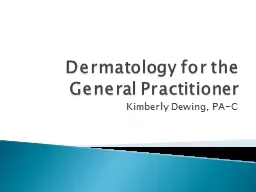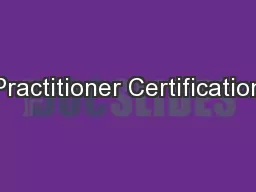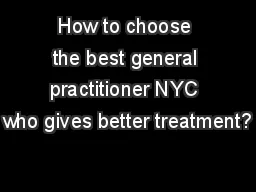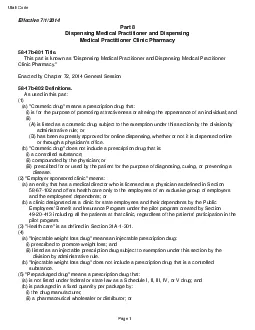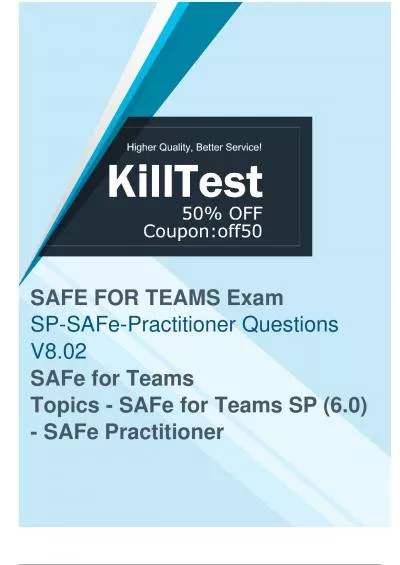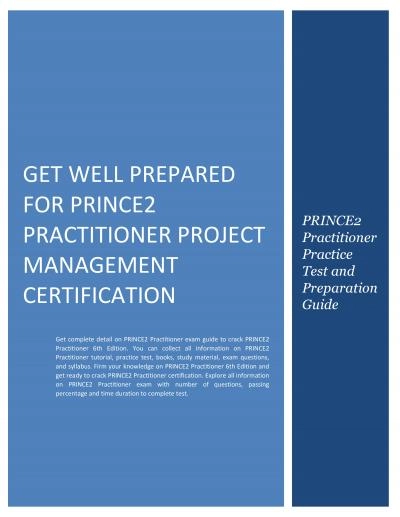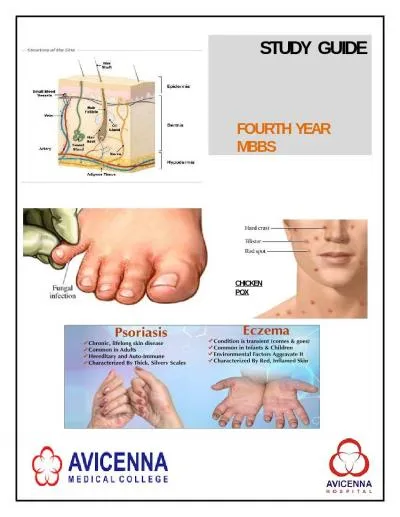PPT-Dermatology for the General Practitioner
Author : arya | Published Date : 2022-05-17
Kimberly Dewing PAC None Disclosures Acne Pathogenesis Types of acne Treatments Acne in pregnancy Rashes Skin Cancer Overview 95 of individuals ages 1218 20 to
Presentation Embed Code
Download Presentation
Download Presentation The PPT/PDF document "Dermatology for the General Practitioner" is the property of its rightful owner. Permission is granted to download and print the materials on this website for personal, non-commercial use only, and to display it on your personal computer provided you do not modify the materials and that you retain all copyright notices contained in the materials. By downloading content from our website, you accept the terms of this agreement.
Dermatology for the General Practitioner: Transcript
Download Rules Of Document
"Dermatology for the General Practitioner"The content belongs to its owner. You may download and print it for personal use, without modification, and keep all copyright notices. By downloading, you agree to these terms.
Related Documents

